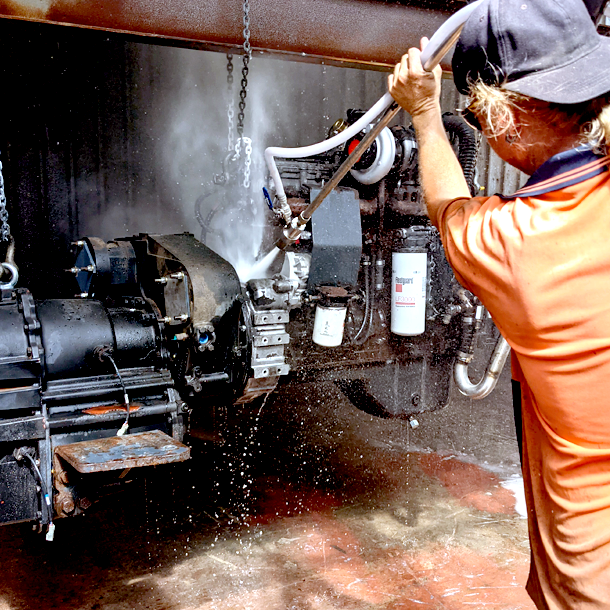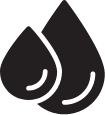It’s worth noting that soda blasting is a relatively gentle process compared to other abrasive blasting methods, making it suitable for delicate materials and surfaces. It also produces less dust and leaves behind a film of soda residue, which acts as a temporary rust inhibitor, providing some protection until the surface is properly coated or treated. The bicarbonate of soda used as the blasting media is water-soluble and environmentally friendly. It does not pose health risks, does not release harmful fumes, and is safe to use in various industries and applications, making it an increasingly popular choice for both professionals and hobbyists alike.


Surface Preparation: Before soda blasting can commence, proper surface preparation is essential. This involves cleaning the area to be blasted and ensuring it is free from loose debris, dirt, grease, or any other contaminants that may affect the blasting process.

Equipment Setup: The next step is to set up the soda blasting equipment. This usually includes a blasting pot, an air compressor, a blasting gun/nozzle, and a source of baking soda media. The equipment is connected, and appropriate safety measures, such as wearing protective clothing, goggles, and a respirator, are taken.

Media Delivery: The baking soda media, typically in the form of fine particles, is poured into the blasting pot or hopper. The blasting pot is pressurized with compressed air or water, depending on the specific soda blasting system being used. The pressure forces the soda particles through the blasting gun/nozzle.

Blasting Process: With the equipment ready and the media flowing, the operator directs the blasting gun/nozzle toward the surface to be cleaned or stripped. By squeezing the trigger, a high-velocity stream of soda particles is propelled onto the targeted area. The operator moves the nozzle back and forth, evenly covering the surface while adjusting the pressure and distance to achieve the desired effect.

Cleanup and Inspection: After the soda blasting process is complete, the surface is thoroughly cleaned to remove any residual soda particles. This may involve using compressed air or water rinsing. The cleaned surface is then inspected to ensure the desired level of cleaning or paint removal has been achieved. If necessary, additional blasting or touch-ups may be performed.
Soda blasting’s origins are closely tied to the rise of environmental concerns and regulations regarding traditional abrasive blasting methods. Sandblasting, for example, produces harmful silica dust, which can lead to respiratory issues and other health hazards. Additionally, traditional abrasive media can cause damage to surfaces, requiring additional time and effort for repairs. Soda blasting, on the other hand, offers a non-toxic and non-hazardous alternative.
© 2024 RAB ltd | Website Design by iFactory